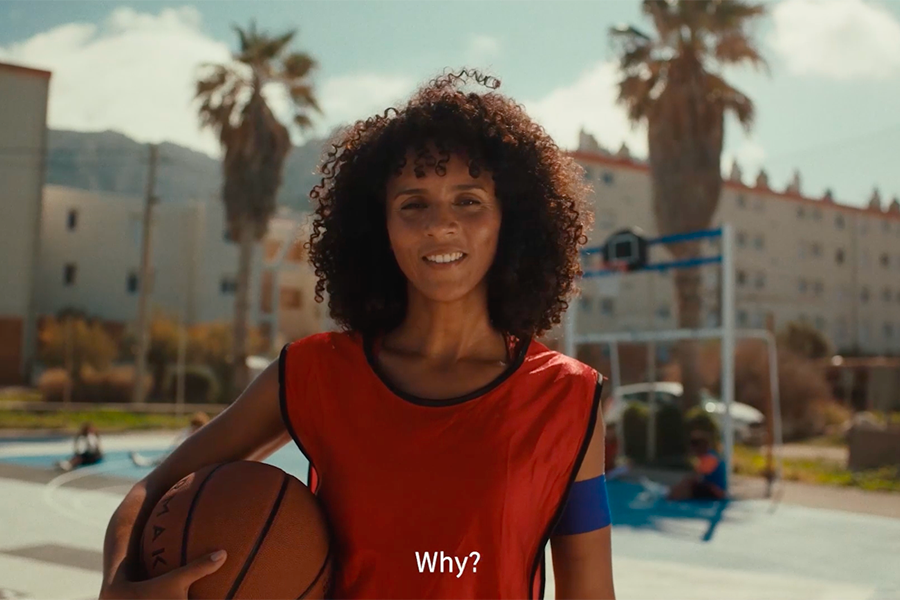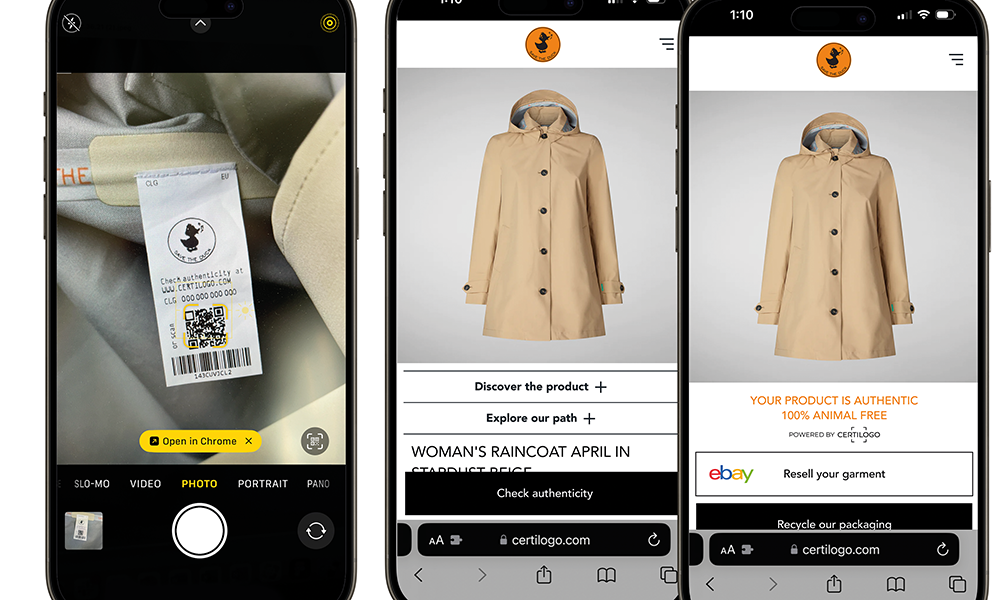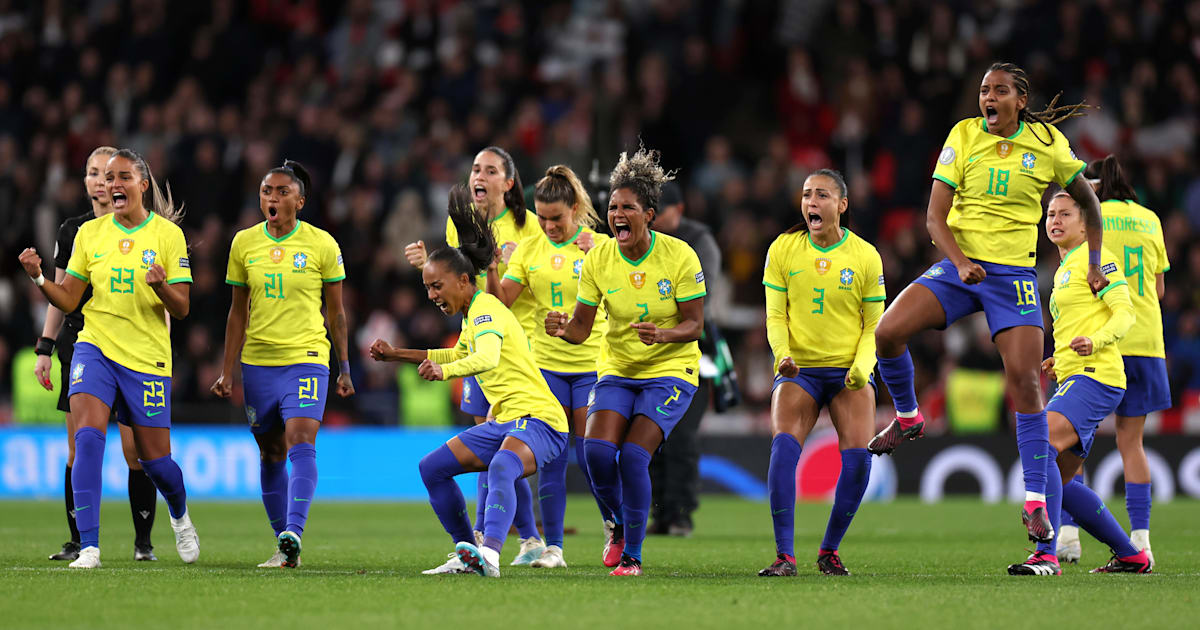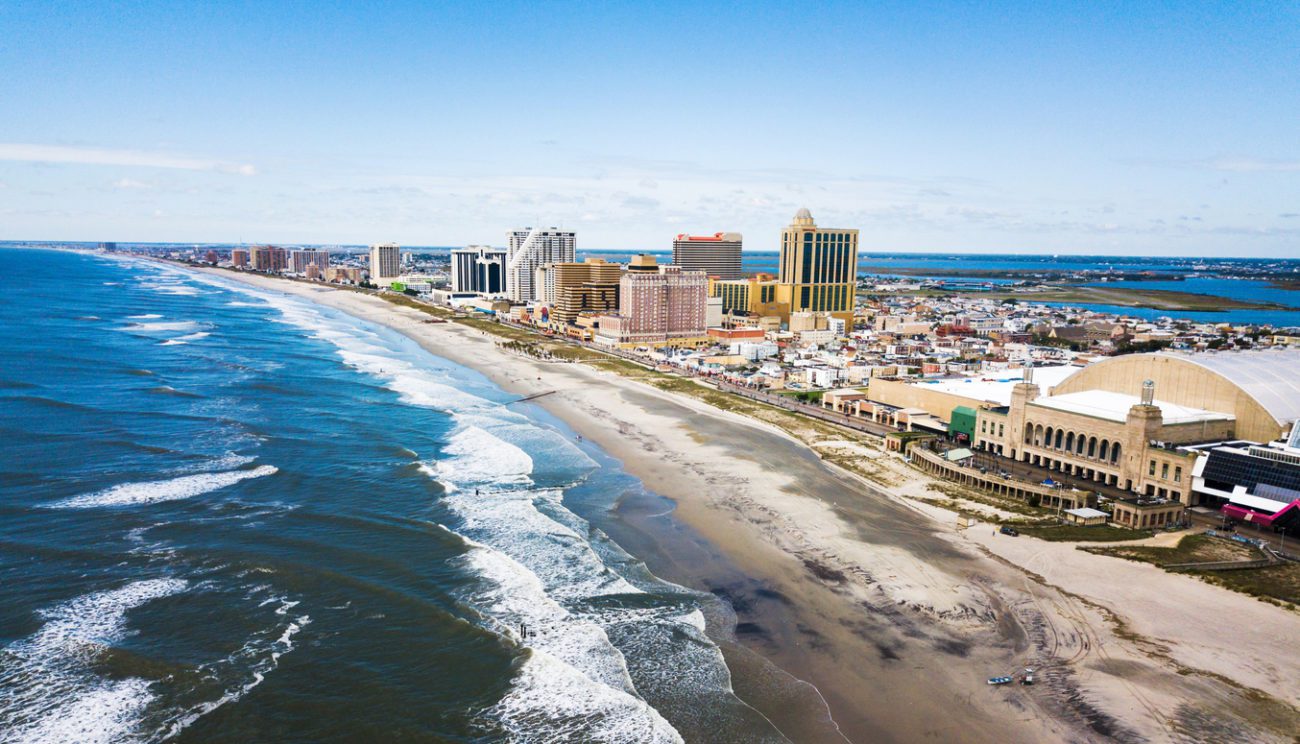Fashion
The Anatomy Of A Tunnel Look | Essence
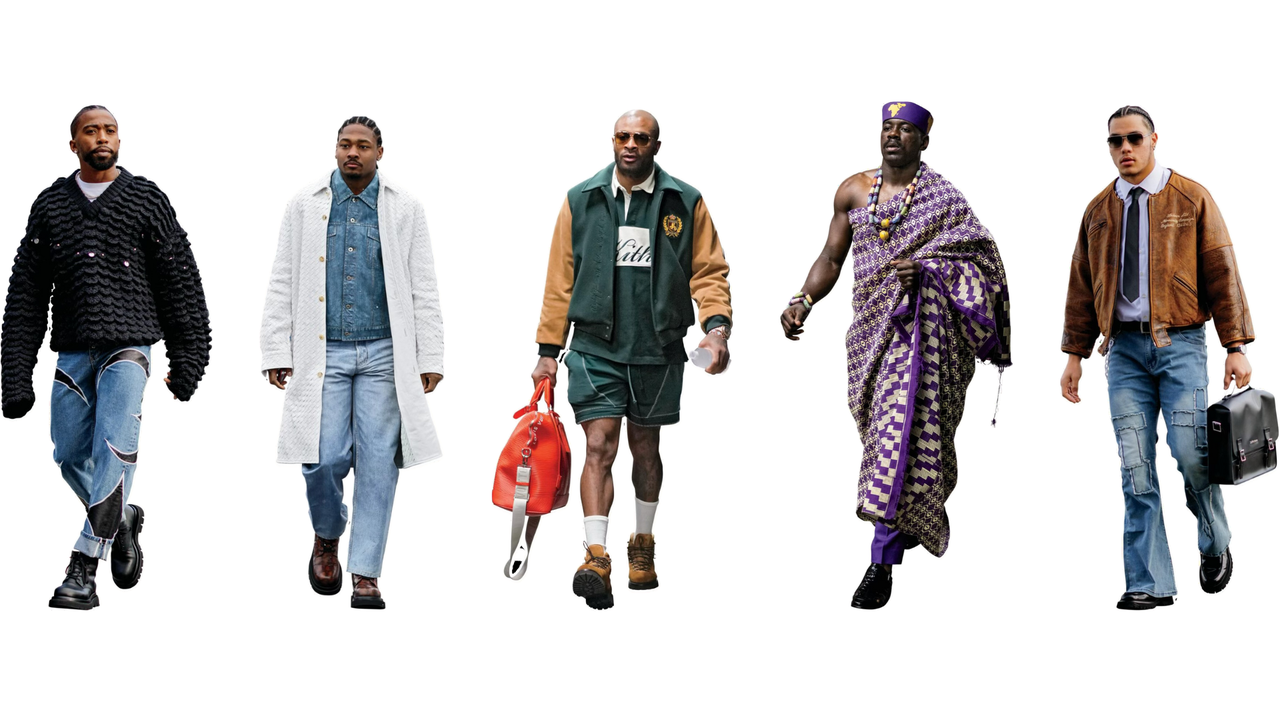
The substance of men’s style has shifted in recent years. This change can be seen in the attire of athletes, who these days are often spotted in pieces by designers such as Bottega Veneta and Yohji Yamamoto. Decades ago, NBA legends like Wilt Chamberlain and Allen Iverson were considered stylish for their approach to dressing. Chamberlain, a pivotal sports figure from 1959 through 1973, was known for his tailored suits. In the late 1990s, Iverson became famous for applying street swagger to his courtside looks. He would wear jerseys with loose-fitting, oversize denim or big blazers, all while rocking his signature cornrows. This set a precedent for future generations: The former professional basketball player’s impact is still felt, as he created a blueprint that many follow today. Now, the entry tunnels to major sports arenas are where star athletes strut high-end fashions—expressing their creativity while also making themselves attractive for lucrative endorsements and contracts.
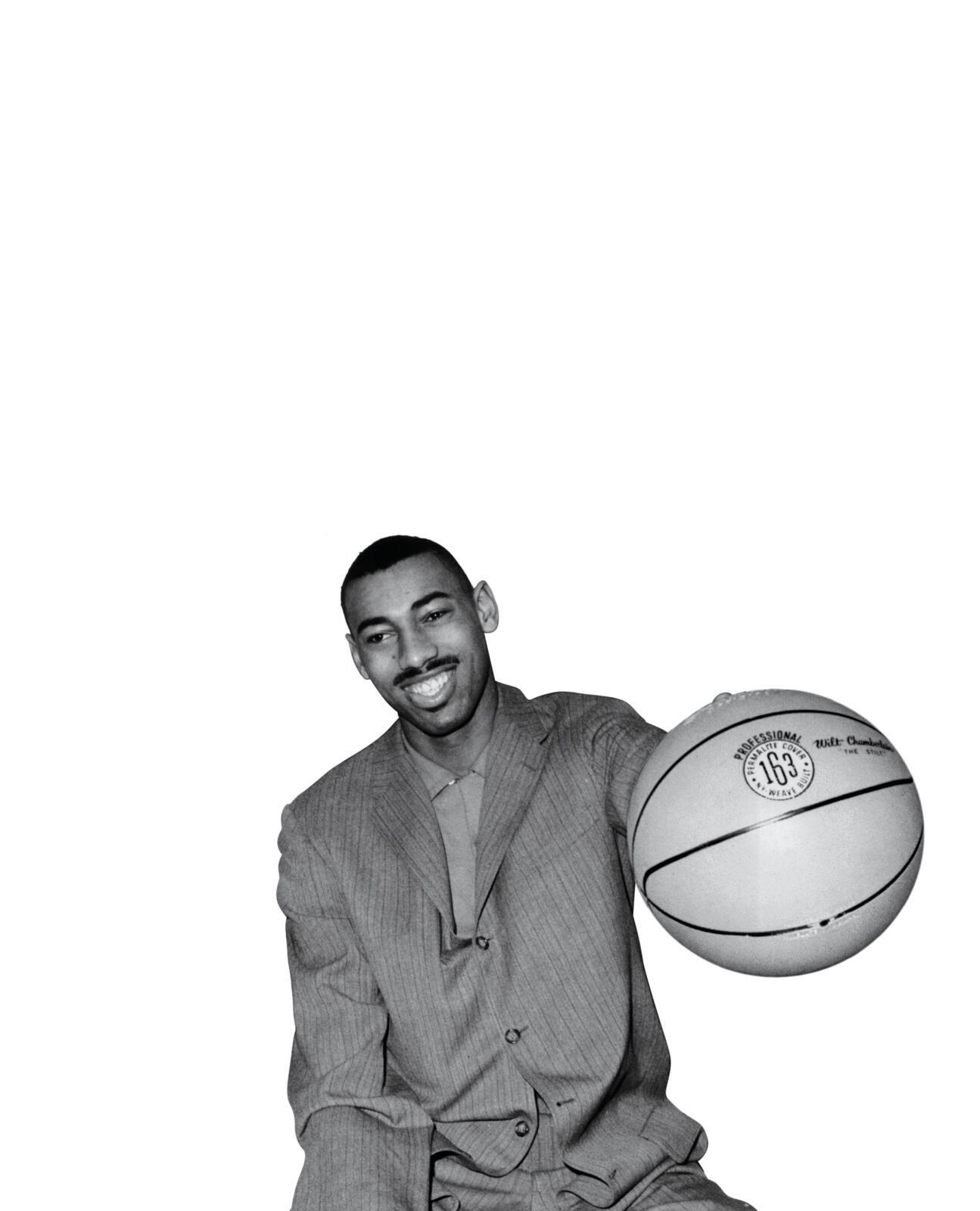
Entire Instagram pages have been dedicated to the intricate outfits that pro athletes are choosing for these tunnel looks. These pages showcase the fashion choices not just of stylists but of their clients, who are adamant about having a distinctive sartorial presence. It’s all about how far they’re willing to go to create their own dynasty, beyond the sports to which they’ve dedicated themselves.
There has never been an era when sports and fashion have enjoyed such a symbiotic relationship. Subverting the notions that are often attached to Black masculine bodies is a significant factor in the decisions being made. The aesthetic many players lean on is rooted in sleek, sophisticated ready-to-wear designs that are crafted into quality garments. Since high-fashion brands are often helmed by designers with multidisciplinary approaches, this could lend sports figures an air of up-to-the-minute exclusivity that many find compelling.
By purchasing and embracing luxury clothes and accessories, pro athletes are contributing to the contemporary fashion conversation. Julian Randall, a fashion writer and Ph.D. student at Manchester Fashion Institute, believes that the rise of athletes wearing designer clothes can be attributed to their physical size and their ability to afford the coveted pieces. “I think when it comes to Black male athletes in particular, the size element matters,” he says over a Zoom call from Dallas. He points out that many luxe brands do not carry items that these players can pull off the rack and wear immediately. Fortunately, their disposable income allows them to purchase custom items—and to tailor others to a perfect fit.
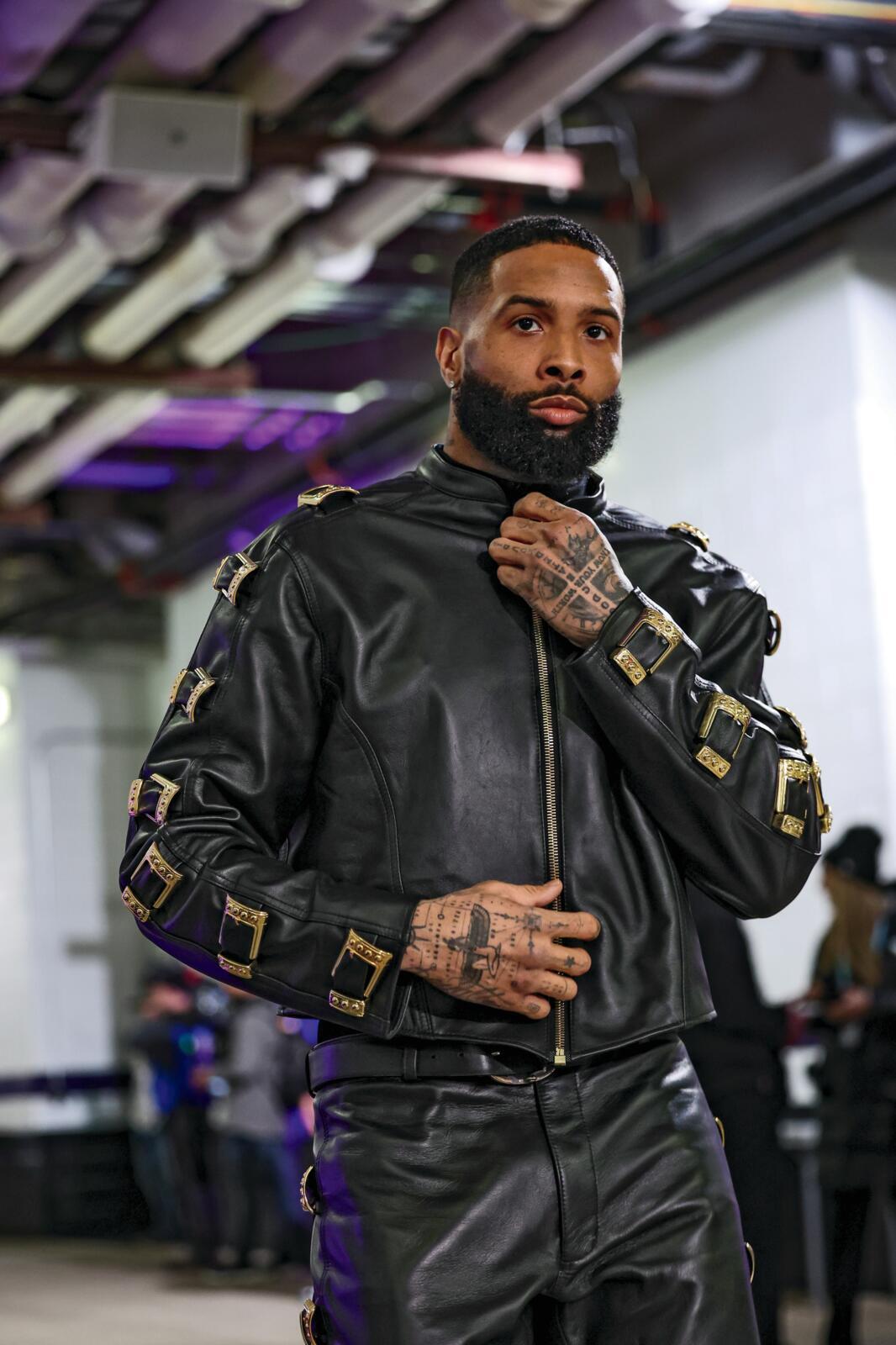
In addition, Randall notes, these pro athletes are now viewed as public figures. Since the masses are fixated on star players and other celebrities, the clothes they wear have a commercial impact. This incentivizes a broad range of fashion brands to work with sports superstars on their tunnel looks. “It’s another stream of publicity and revenue for brands,” he explains. “And of course, in a contemporary context, brands are hungry to have outside influence in the industry.”
As athletes make choices about how they dress while they’re in the league, people begin to identify them as style icons. This makes them, and the clothes they wear, easily marketable. “Whatever platform you’re going to be on, whatever brand you might start, working with pro athletes just makes it a much more seamless transition,” Randall explains. Players, too, are constantly thinking about crafting their images. When reflecting on key figures from the NBA’s style history, Randall name checks the titans—Michael Jordan, Dennis Rodman and Iverson.
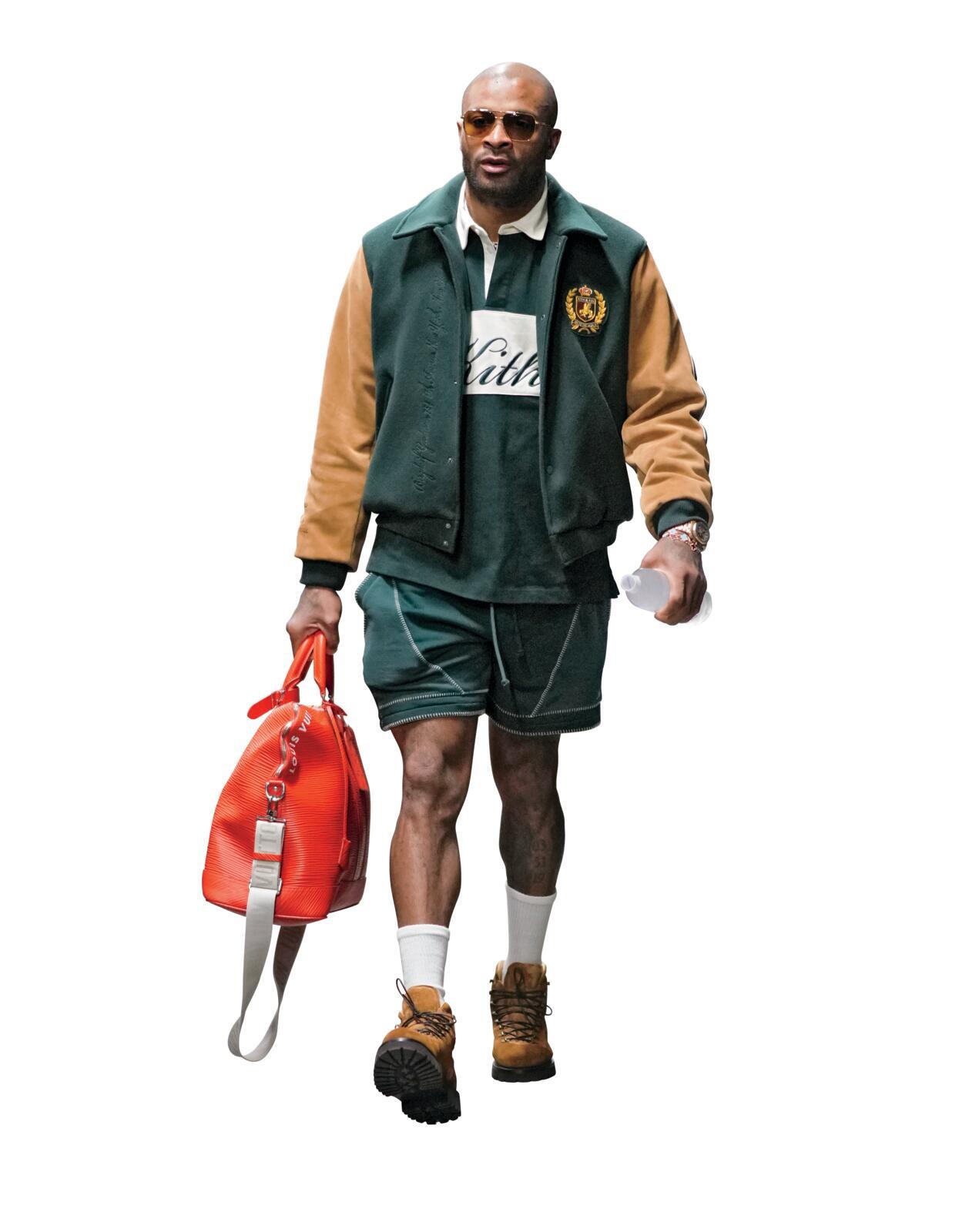
“When Iverson came into the league, there was still this conforming to the established dress codes,” he recalls. “He wasn’t really wearing his hats backward, just to the side. And he would wear a proper suit.” But by 2005, Iverson was skirting the rules by wearing suits infused with a “hip-hop aesthetic”—taking ownership of his style while demonstrating what Randall calls “self-possession in a very evocative way,” even within the pro-sports framework. “The look was still oversize and baggy,” Randall recalls.
Currently, in the NBA, athletes like Shai Gilgeous-Alexander have gone from using the tunnel walk as a runway to being attached to brands like Skims and Canada Goose. Their faces and likenesses are used in those companies’ campaigns, illustrating the influence of basketball players and other pro athletes. But this did not happen overnight. Over the six years since he entered the league, Gilgeous-Alexander has strategically evolved his style profile by wearing laid-back, oversize trousers paired with sharp and clean-cut outerwear. One game day he could be seen in a large, cobalt blue coat worn with skinny dark-wash denim; on another, he might show up in a comfortable-looking padded yellow vest worn over a faux-fur sweater and paired with khaki pants.
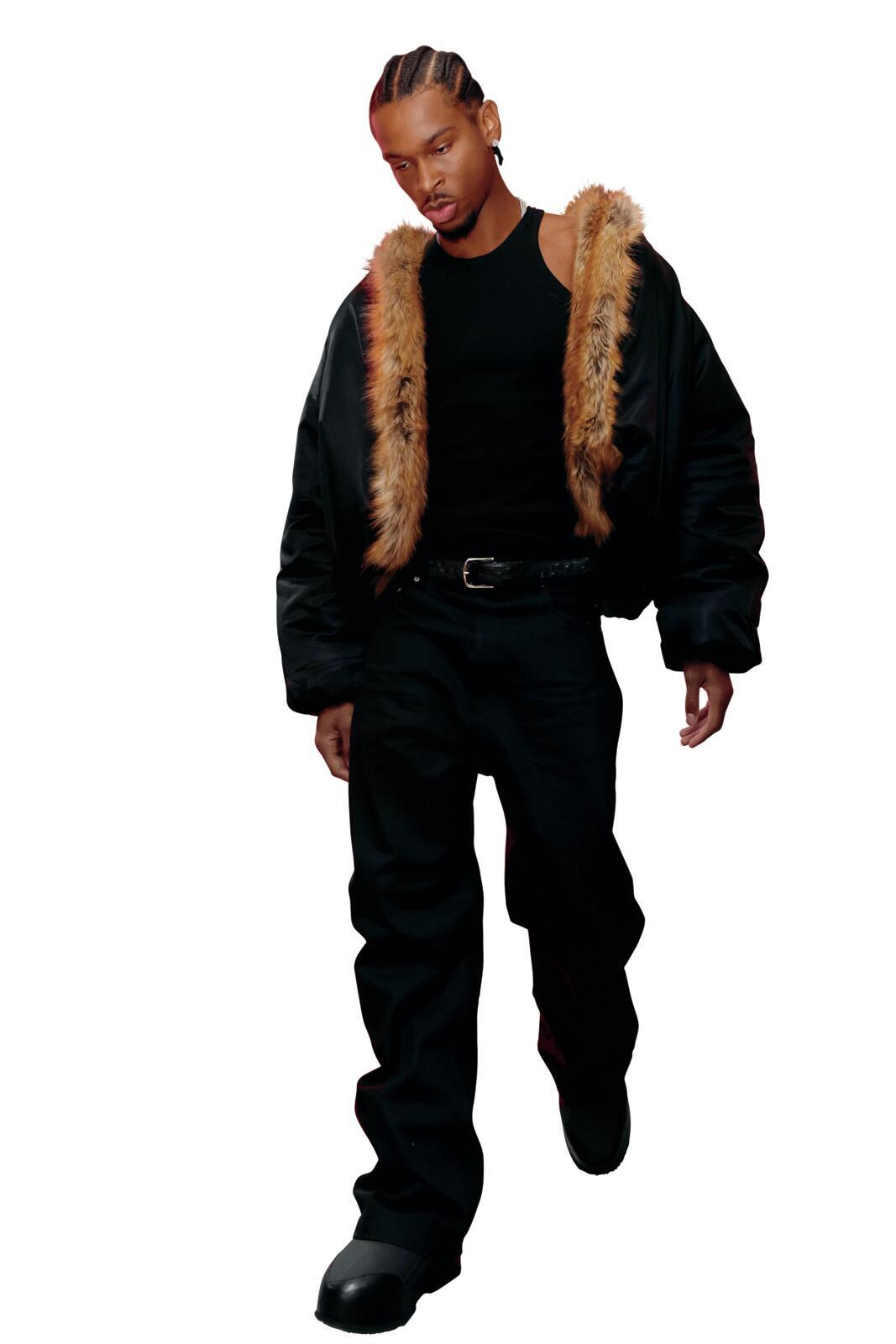
Even folks who aren’t into sports might find themselves transfixed by stylish NFL players like Stefon Diggs and Odell Beckham Jr. The two regularly arrive for games in uniquely configured outfits—for example, a cow-print fur jacket, leather trousers and black loafers. If you’ve been paying attention, you’ll know to associate that look with Beckham. He often turns to varsity jackets and expertly cut pants for game-day attire. Then there’s Diggs, who has apparently decided to choose the most eccentric items to express himself—making him a rarity in the NFL. One of his standout outfits was a Loewe color-blocked sweater in yellow and red paired with dark blue jeans and deep green points. Both of these athletes know what works well for their body type.
What led to the elevation of the fashion in tunnel outfits? The image architects who work with athletes should probably be credited. Celebrity stylist Kesha McLeod says her mentor, wardrobe stylist and consultant Rachel Johnson, is one person responsible. McLeod previously assisted Johnson, who helped to inject energy into LeBron James’s game outfits. McLeod says that the Miami Heat “Big Three” era of James’s career was pivotal; rounding out the star-player trio were Chris Bosh and Dwyane Wade. It was during those years that McLeod began working with Bosh. “If you go back to the Miami Heat ‘Big Three,’ the tunnel entrance started with them,” she says—noting an emphasis during that time on outfits meant to impress fans and onlookers. McLeod takes some credit for turning Bosh into what she calls a “gentleman of the league.”
Five years ago, McLeod began working with NBA player P.J. Tucker, who she felt had an innate sense of fashion. His passion for clothing makes their partnership distinct. “He loved fittings, and he loved going into stores,” she says. “He makes my job easy.” The looks they currently collaborate on are street-influenced—and typically feature items from Tucker’s extensive sneaker collection. He often pairs graphic tees with colorful jackets; he has also been spotted toting large carry-alls by Bottega Veneta ahead of games, displaying his knowledge of cutting-edge designers.
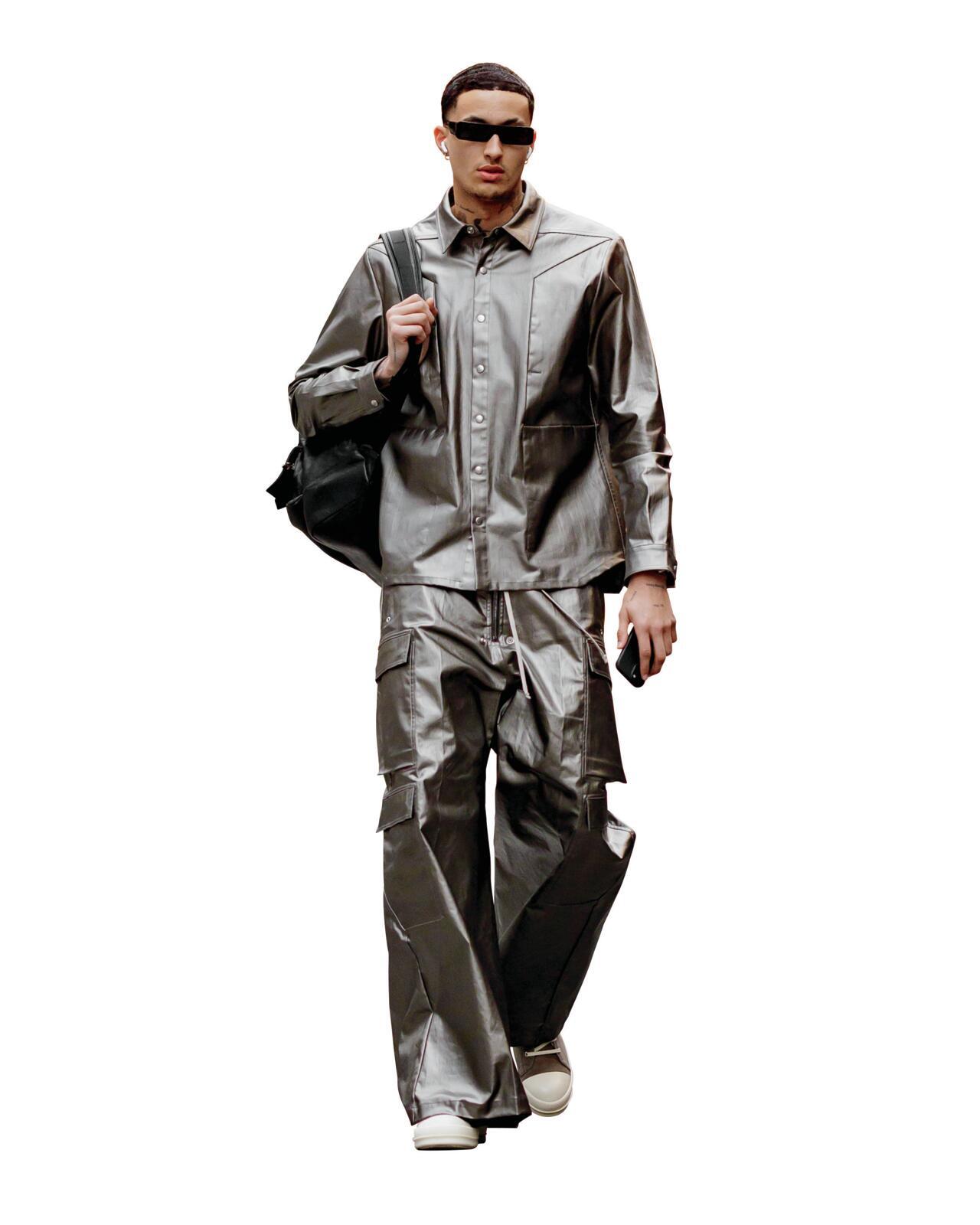
Due to the years she has spent legitimizing athletes as walking billboards for brands, McLeod is able to pull pieces and work with luxury houses, including Valentino, Moncler and Brunello Cucinelli. “That tunnel walk has become synonymous with a red carpet,” she says. She also travels to shows with her clients during New York, Paris and Milan fashion weeks—and her email inbox is flooded with messages from companies she says she just wasn’t hearing from before 2015.
McLeod’s efforts speak to the cultural shifts that have given athletes carte blanche in matters of style. She explains that while there is no standard practice when working with different clients, the process can range from fittings to virtual styling. When putting game-day looks together, she often focuses on certain cities and their roots—or she centers Black designers and brands. One she leans toward is Daily Paper, a popular Amsterdam-based line of men and women’s fashions. She feels this approach allows her to create a strong narrative for each tunnel look, facilitating a successful collaboration between herself and the athletes who make up her clientele.
The style-icon status of fashionable athletes is a legacy that will help them thrive later, when the time comes for them to pivot to a life off the court or field. The exposure they’re getting, especially with the use of social media, can land them in worlds outside of sports—such as the global art industry or perhaps entrepreneurial pursuits. “It humanizes them and gives them a chance to express themselves in a way that they aren’t able to in the game,” Randall explains. “Fashion is not just about where it can take you as an athlete or as a human being. It’s more about how the fashion can speak for you.”




